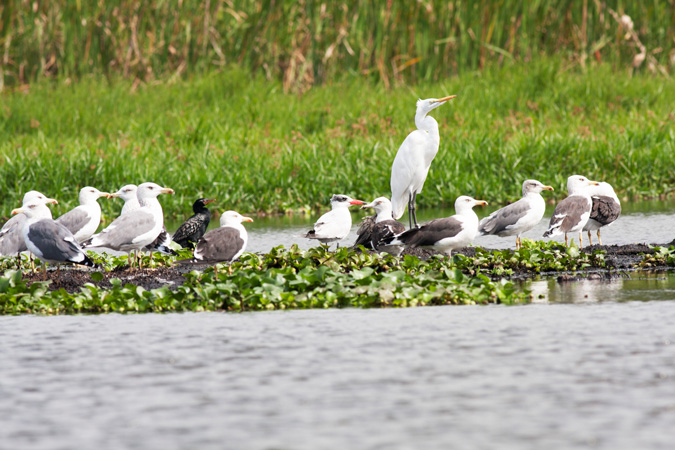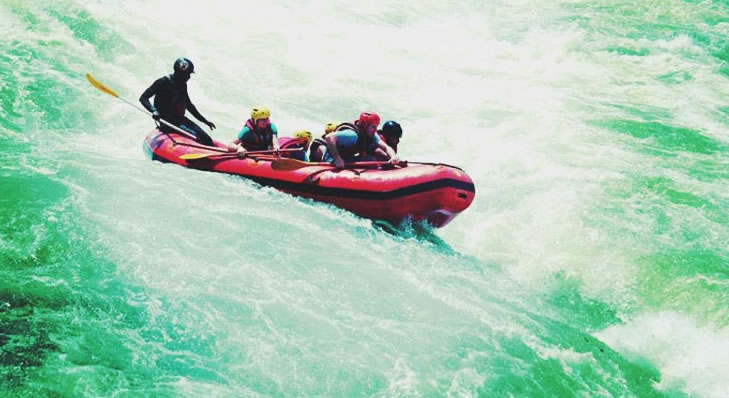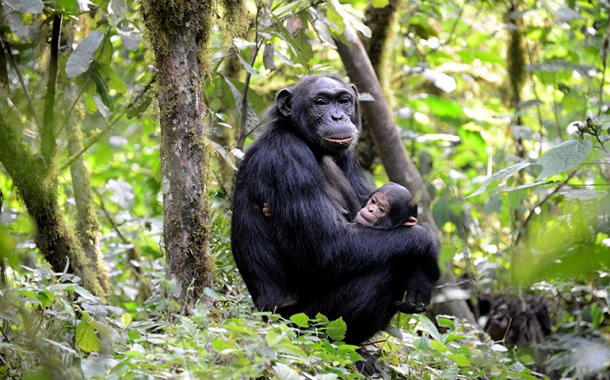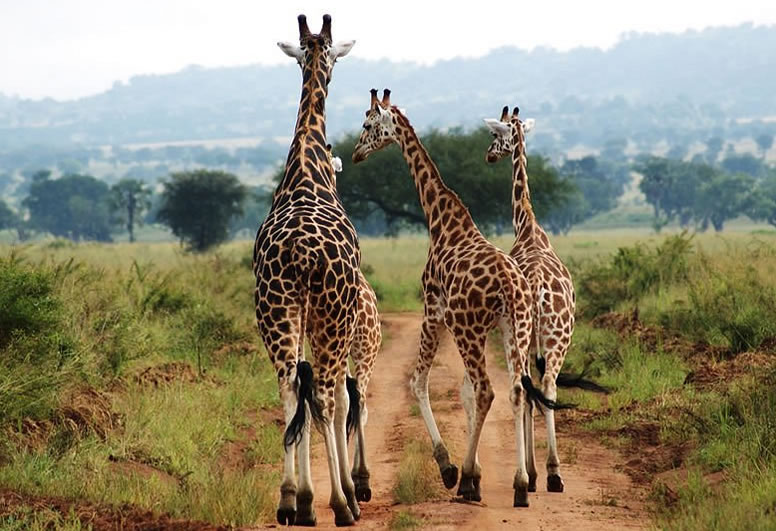Mpanga Forest Reserve
October 22, 2018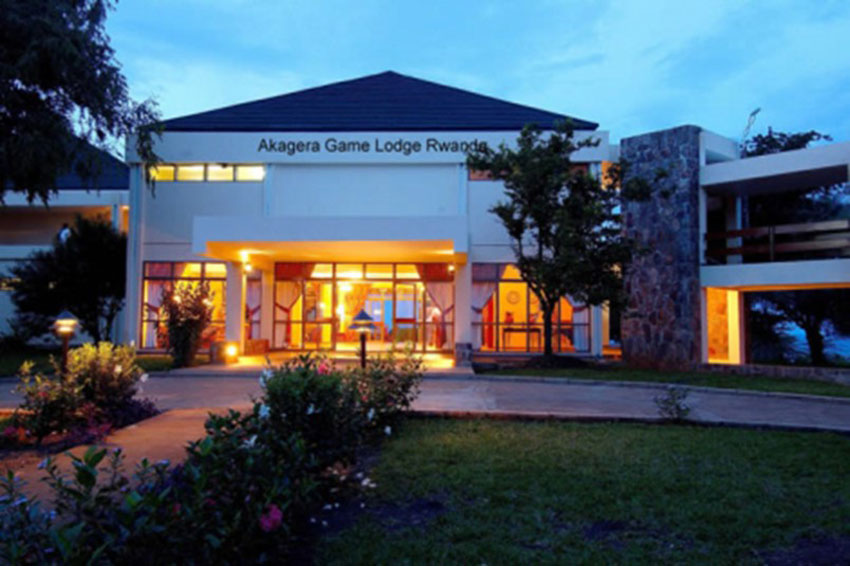
Safari Lodges In Akagera National Park
October 29, 2018On top of the National Parks, Forest Reserves, waterfalls and Wildlife Reserves, Uganda takes pride in its numerous wetlands that have interestingly been listed as wetlands of International Importance under the Ramsar Convention. They are not mere wetlands but also acknowledged to be Important Birding Areas by Bird-life International, a global partnership of Conservation Organizations and the World leader in Bird Conservation on top of offering essential habitat for different endangered and threatened aquatic flora and fauna. Of all the Ramsar wetlands, two of them are found in National Parks while the rest are found in the Lake Victoria region and north-eastern/eastern Uganda.
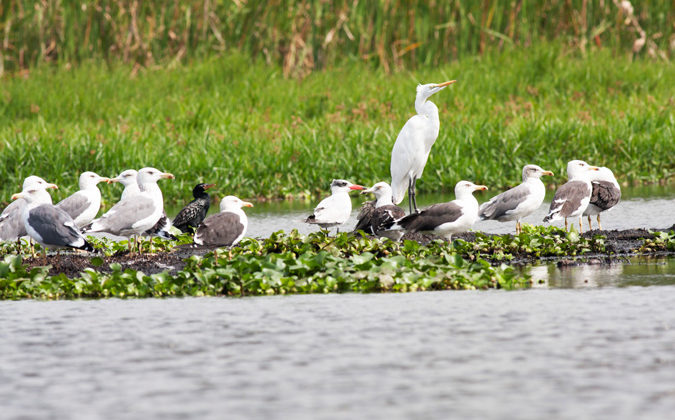
- The Murchison Falls-Albert Delta wetland system (within the Murchison falls National Park)
This wetland system extends from the top of Murchison Falls to the delta at its conflux with Lake Albert. The Delta is comprised of a shallow area that is significant for aquatic bird species including the herons, shoebill storks and darters among others in addition to being a wonderful breeding and spawning site for indigenous fish species in Lake Albert fisheries. Interestingly, the place forms a watering and feeding place for wildlife species during the dry season.
- The Lake Mburo-Nakivali wetland system (within Lake Mburo National Park)
This outstanding habitat is found at the convergence of two wonderful biological zones that offer an extremely high biodiversity and supports a number of globally threatened bird species including the shoe-bill storks, Papyrus yellow warbler and papyrus gonolek in addition to two species of endangered Cichlid fish species that have obviously become extinct in the large Lakes in Uganda. Not only that, this area is the only place where the unique impalas are found in Uganda. There are also over 22 species of Afro-tropical and Palearctic migrant species of birds.
The other Ramsar sites within the Lake Victoria Biome include;
- Mabamba Bay wetland system
Found within Mpigi and Wakiso districts, Mabamba Bat wetland system is a vast marsh extending through a small and long Bay bordered by Papyrus towards the main body of Lake Victoria. This area is the only wetland near Kampala offering chances of spotting the globally-threatened bird species like shoebill storks and Papyrus yellow warbler as well as more than 30% of the global population of blue Swallows.
- Lutembe Bay wetland system
The Lutembe Bay wetland system is a shallow area found on the mouth of the Murchison Bay and supports several cichlid fish, globally-threatened bird species and over 100 species of butterflies. This site is also a breeding area for lungfish and Claris in addition to supporting over 52% of the population of white-winged black terns.
Other wetland systems within the Lake Victoria Biome include the Sango-Bay-Musambwa Island-Kagera wetland system (abbreviated SAMUKA) and the Nabajjuzi wetland system.
Wetland systems in Eastern and North-eastern part of the country include;
- The Lake Opeta wetland system
This wetland system lies within Kumi, Nakapiripit, Katakwi and Sironko, and stands out as one of the most important marshlands in the country. It is specifically dominated by a vast swamp of Vossia cuspidata in the east and dry Hyparrhenia grassland savannahs in the south. This system is crucial of the conservation of aquatic and wetland bird species especially the fox’s weaver-the country’s only endemic species but is also a haven for several fish species. Not only that, the wetland system is a refuge to wildlife species from the nearby Pian Upe Wildlife Reserve during the dry season.
- Lake Bisina wetland system
Lake Bisina wetland lies within Soroti, Kumi and Katakwi, is comprised of a shallow freshwater Lake with a small strip of bordering papyrus swamp and is part of the Lake Kyoga Basin Lakes. This area used to be a wonderful feeding ground for unique species especially the shoebill storks in addition to being a Sanctuary for fish species that had become extinct in most Ugandan Lakes especially Kyoga and Victoria.
- Lake Nakuwa wetland system
Lying within Soroti, Kamuli and Pallisa, Lake Nakuwa wetland system is a permanent marshland characterized by several satellite Lakes and swamp system dominated by thick papyrus broken in parts of pools of water-forming sudds. On top of being a haven to Nile crocodiles and sitatunga, there are also a wide range of Cichlid species as well as non-cichlid species that are no longer found in other main Lakes. However, land reclamation for settlement and agriculture as well as papyrus over-harvesting are some of the main threats to the conservation of this wetland system.

